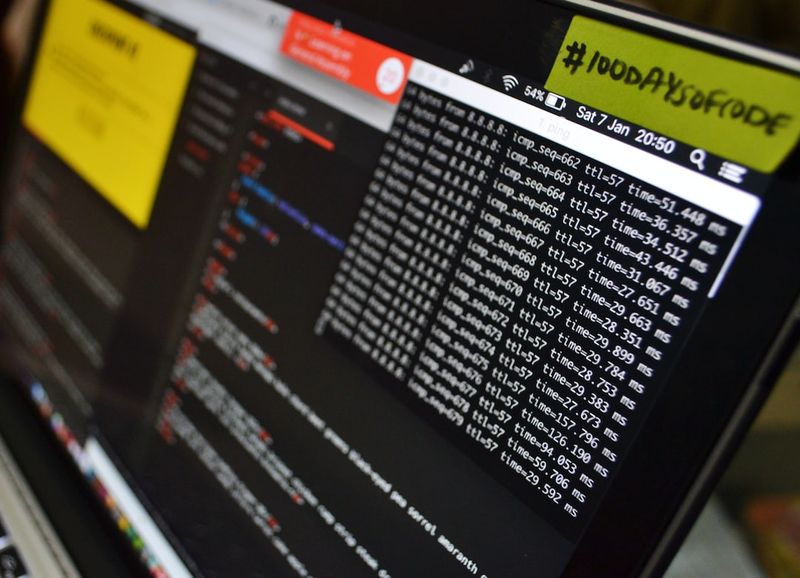Cybercrime: Android Devices With Backdoored Firmware Found in US Schools
Overview
A global cybercriminal operation known as BadBox has infected the firmware of more than 70,000 Android smartphones, CTV boxes, and tablets with the Triada malware, according to cybersecurity vendor Human Security. These infected devices, which come from at least one Chinese manufacturer, were found on public school networks throughout the United States. The Triada malware, first discovered in 2016, is a modular trojan that resides in a device’s RAM and uses root privileges to substitute system files. The malware has evolved over time and has been found pre-installed on low-cost Android devices. The BadBox operation allows threat actors to carry out ad-fraud schemes, such as PeachPit, which relies on infected devices to request, render, and click on ads, spoofing the ad requests and generating revenue for the attackers. Additionally, the firmware backdoor allows the threat actors to sell access to victims’ networks, create messaging and email accounts for malicious activities, and remotely install new apps or code without the device owners’ permission.
Implications
The discovery of backdoored firmware in Android devices used in US schools raises significant concerns about cybersecurity and privacy in educational institutions. The presence of infected devices on school networks not only puts students’ personal information at risk but also jeopardizes the functioning of educational systems and the integrity of academic processes. The use of low-cost Android devices, which are particularly susceptible to supply chain compromise and malware injection, highlights the need for stringent security measures in the procurement and deployment of technology in educational settings.
Security Risks
The presence of backdoored firmware in Android devices poses several security risks. Firstly, it allows threat actors to gain unauthorized access to the devices and potentially steal sensitive data or use them as a launchpad for other cyberattacks. Secondly, the ability to remotely install new code or applications without the owners’ permission puts devices at risk of becoming part of botnets or being used to carry out malicious activities. Finally, the integration of ad-fraud schemes into the firmware allows threat actors to generate revenue at the expense of unsuspecting users and advertisers. These security risks highlight the need for robust cybersecurity measures, including regular firmware updates, network monitoring, and user education, to mitigate the impact of such attacks.
Privacy Concerns
The presence of malware-infected devices in educational institutions raises significant privacy concerns. The backdoor in the firmware allows threat actors to access and potentially exfiltrate sensitive data, including personal information, academic records, and communication logs. This breach of privacy not only threatens individual students and staff but also compromises the trust and confidentiality that should exist within educational environments. Educational institutions must prioritize the protection of personal data and privacy by implementing strong security protocols, conducting regular audits, and fostering a culture of cybersecurity awareness among students, teachers, and administrators.
Editorial: Strengthening Cybersecurity in Educational Institutions
The discovery of backdoored firmware in Android devices in US schools highlights the urgent need for improved cybersecurity measures in educational institutions. As technology becomes increasingly integrated into the learning environment, schools must ensure the safety and integrity of their networks and the data they hold. This requires a multi-faceted approach that focuses on proactive security measures, user education, and collaboration with cybersecurity experts.
Proactive Security Measures
Educational institutions need to prioritize cybersecurity in their procurement processes by selecting trusted vendors and products that have undergone rigorous security testing. Regular firmware updates and security patches should be implemented to address vulnerabilities and protect against known threats. Network monitoring and intrusion detection systems can provide early warning of potential attacks, allowing institutions to respond swiftly and minimize damage.
User Education
It is vital to educate students, teachers, and staff about cybersecurity best practices to minimize the risk of falling victim to social engineering attacks or inadvertently compromising the network. Cybersecurity awareness programs should cover topics such as password hygiene, recognizing phishing attempts, and the importance of reporting suspicious activities. By fostering a culture of cybersecurity awareness, educational institutions can create a first line of defense against cyber threats.
Collaboration with Cybersecurity Experts
Collaboration with cybersecurity experts is essential to ensure that educational institutions have access to the latest threat intelligence and best practices. Establishing partnerships with cybersecurity organizations, government agencies, and industry experts can provide valuable guidance, resources, and training opportunities. Regular security audits and penetration testing by independent experts can help identify vulnerabilities and strengthen defenses.
Conclusion: Safeguarding Students’ Privacy and Security
The discovery of backdoored firmware in Android devices used in US schools serves as a wake-up call for educational institutions worldwide. Safeguarding students’ privacy and security is not only crucial for protecting their personal information but also for maintaining the integrity of educational systems. The adoption of proactive security measures, user education, and collaboration with cybersecurity experts is paramount to create a safe and secure learning environment. Only through these concerted efforts can educational institutions navigate the ever-evolving cyber threat landscape and prepare students for a digitally connected world.

<< photo by Sigmund >>
The image is for illustrative purposes only and does not depict the actual situation.
You might want to read !
- Unveiling the Pakistani APT: How YouTube-Mimicking RATs Exploit Android Devices
- “Under Attack: Unveiling Russian Malware’s Assault on Ukrainian Military’s Android Devices”
- Understanding the Threat: Microsoft’s Report on Cybercrime and State-Sponsored Cyber Operations
- The Rise of Tech-Enabled Surveillance: Balancing Funding, Privacy, and Accountability
- GitHub Expands Secret Scanning Feature to Include AWS, Microsoft, Google, and Slack
- MOVEit Hack Exposes Massive Data Breach in 900 US Schools at National Student Clearinghouse
- The MOVEit Hack: A National Student Clearinghouse Crisis Affecting 900 US Schools
- Navigating Unforeseen Challenges: Building Resilience Through Proactive Strategies
- The Urgent Call for Action: Identifying the Top 10 Cybersecurity Misconfigurations Threatening Organizations
- A Closer Look at the Revolutionary OS Tool that Reveals Data Access Permissions




